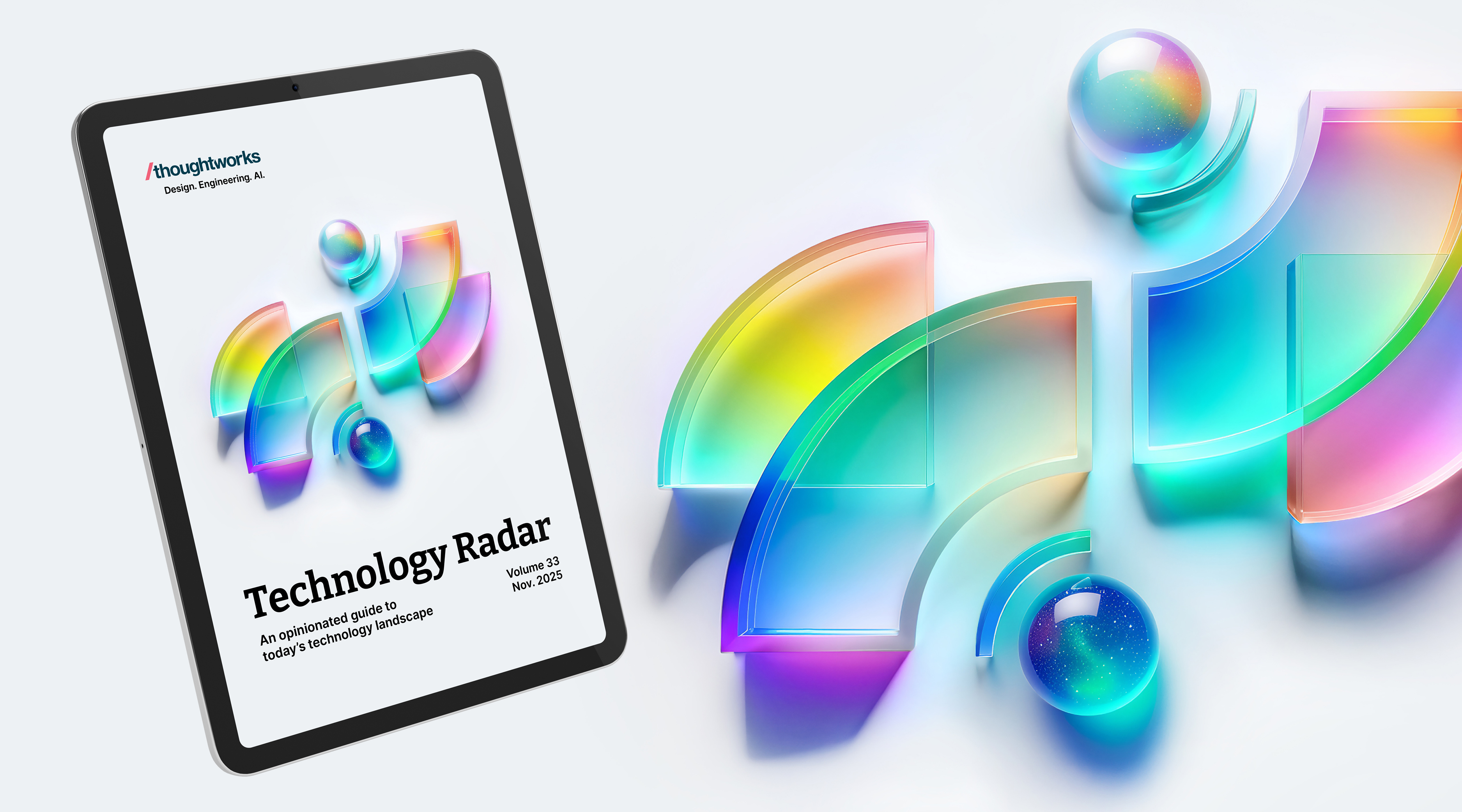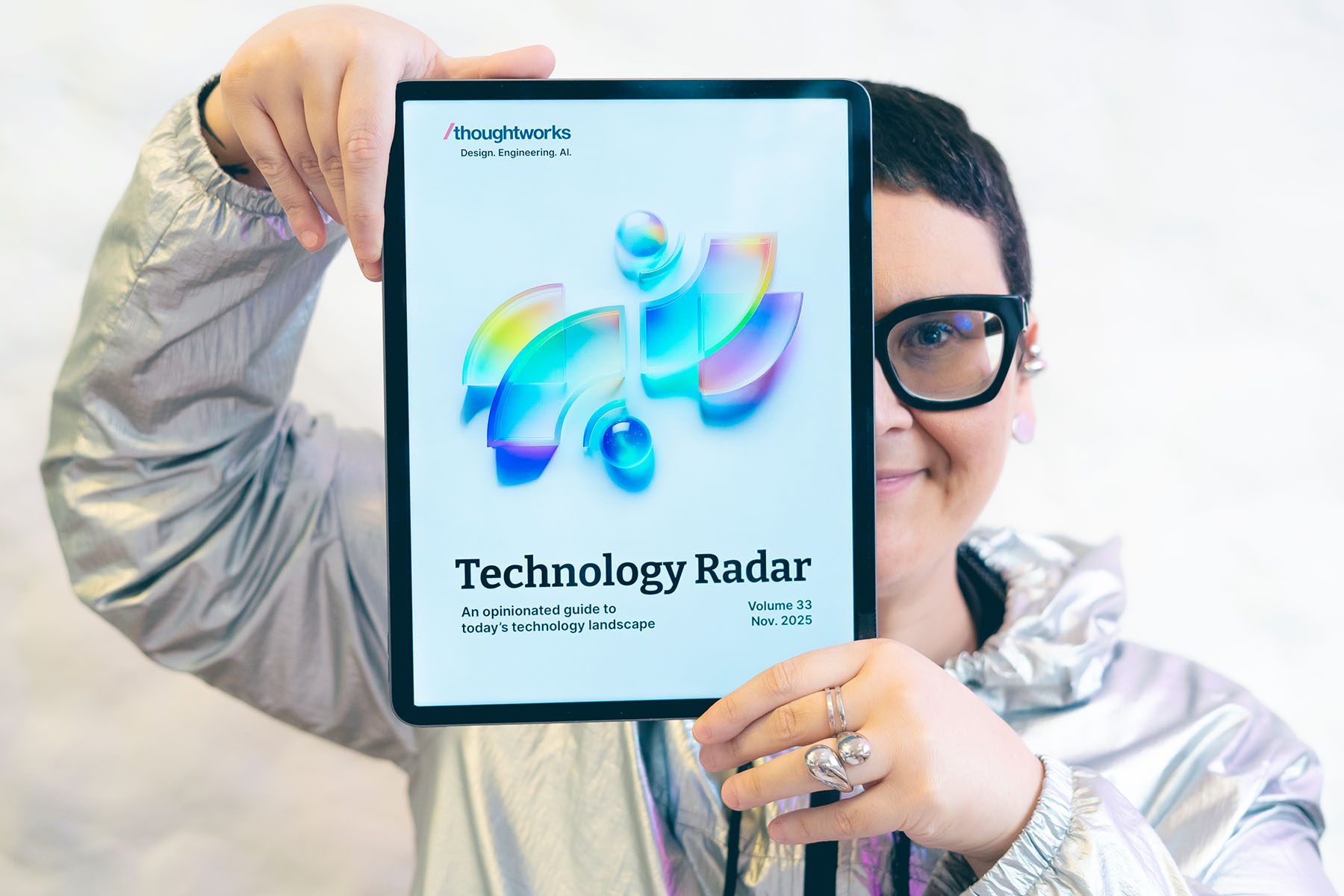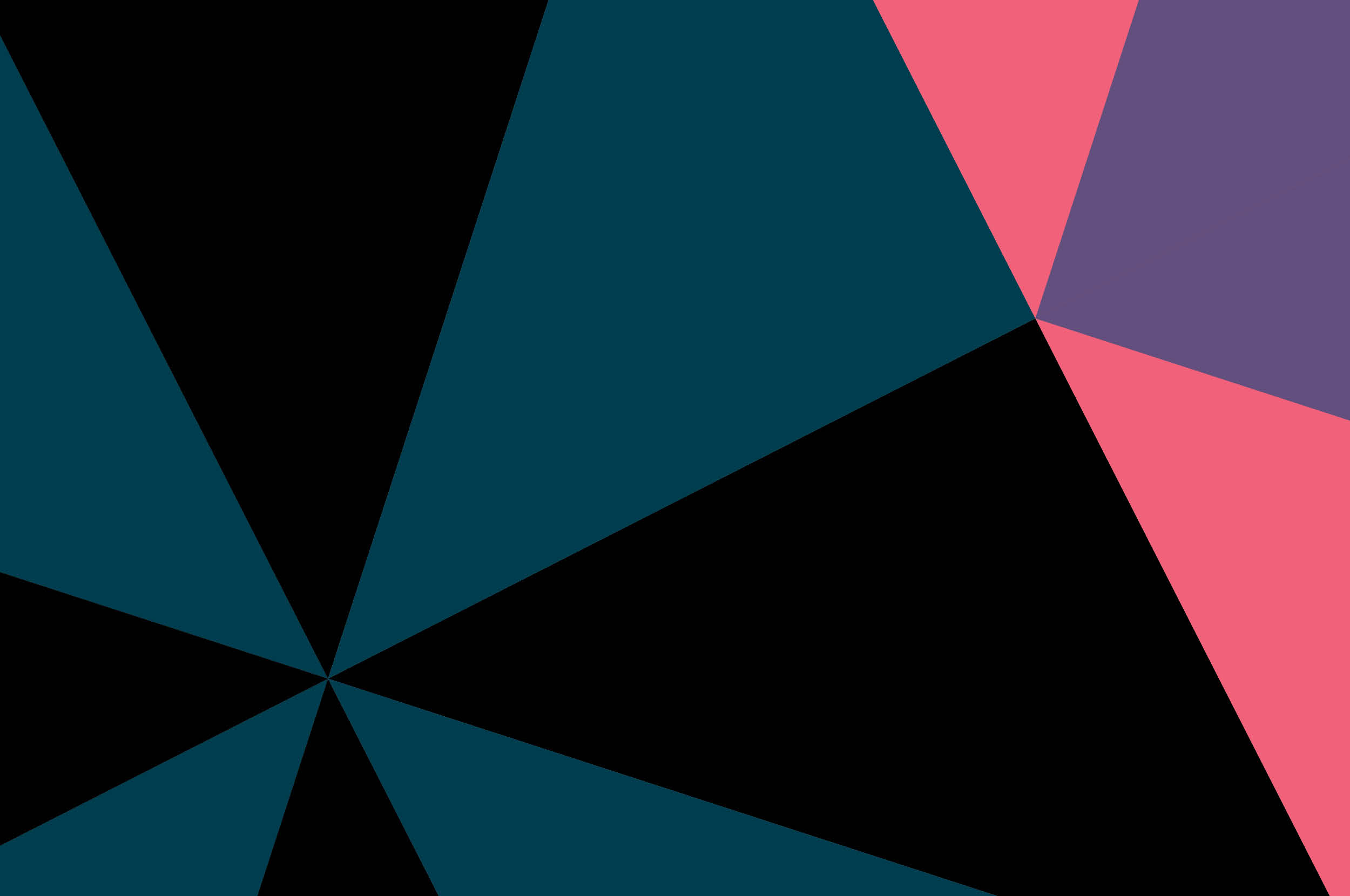If you’ve had a chance to explore the new edition of the Thoughtworks Technology Radar you may have noticed it has a bold new visual identity. While it still takes its cue from the various shapes and motifs we use to bring the Radar metaphor to life, this time there’s a whole new dimension — literally. For the first time, in collaboration with my colleague Sruba Deb, I brought both 3D design and AI-enabled design to the Radar, giving it a new look that sets the tone for the publication’s future.


While I ultimately love the design simply because it looks pretty cool — not to mention distinctive compared with our previous 32 volumes — there’s an important and timely story behind it. That’s because AI assistance played a key role in creating it.
Given how much AI features in this volume of the Radar, particularly in relation to software development, its role as a design tool feels apt. And, more importantly, it also does what I think good design should do: tell a story in a complementary way — not taking away from core content, but adding and strengthening it.
Thoughtful skepticism
I’m not going to pretend I’m an AI fanatic or evangelist; if anything, I’m the opposite. I’m not worried it can do a better job than me, but I am worried that it will devalue creative work and make it harder for people in creative roles to be properly compensated for the contributions they make. Just as importantly, I like designing things. Solving design problems is interesting, so the idea of simply handing it to generative AI with a few prompts just isn’t exciting.
However, I am interested in how it might allow me to experiment and expand my capabilities. That’s how we’ve been discussing AI assistance from a software development perspective at Thoughtworks. It’s in that spirit that I used AI here — I think it’s an important counter to some of the more aggressive and unthinking applications of the technology.

Some visions of AI focus on how it can help us circumvent creative problems and remove some of the hard work of thinking about what we should do… for me, it’s a way of indulging my curiosity and seeing how my ideas might unfold.
Some visions of AI focus on how it can help us circumvent creative problems and remove some of the hard work of thinking about what we should do… for me, it’s a way of indulging my curiosity and seeing how my ideas might unfold.
Using AI responsibly
It was important to me that if I was to experiment with AI, it needed to be done responsibly and ethically. This is why I used Adobe Firefly.
While there have recently been question marks over Adobe’s ethical commitments when it comes to AI, broadly speaking at least, Firefly overcomes some of the more egregious copyright abuses being perpetrated by AI products because it’s primarily trained on Adobe’s existing corpus of licensed images.
The design was also rooted in what we had previously created. In this instance, we began with a cover design which featured 2D Radar motifs. The AI was then used to reimagine what these motifs might look like if they were in a 3D world. It didn’t generate the design from a single lazily written prompt but instead served as a tool that opened up new possibilities.


Of course, 3D design is a whole discipline of its own — one in which I haven’t been trained. AI essentially allowed me to dabble in that world, making it accessible in a way that would have either been financially prohibitive or require substantial training. In this sense, it’s not unlike a software developer exploring a new language with a generative AI tool — it certainly hasn’t made me a 3D designer but it has helped me to understand what might be possible. To put it another way, it hasn’t just helped me design something — it’s also opened up a new area of design that I’m eager to explore in the future.
AI helps me push boundaries — not get past them without effort
Some visions of AI focus on how it can help us circumvent creative problems and remove some of the hard work of thinking about what we should do. That’s certainly not how I see it: for me, it’s a way of indulging my curiosity and seeing how my ideas might unfold. I would never let AI design something as important as the Technology Radar — but I’m glad it’s available to me to keep pushing the boundaries of what’s possible.
Thanks once again to Sruba Deb for her support and creativity in bringing these designs to life across the entire launch of Technology Radar Vol.33.

















